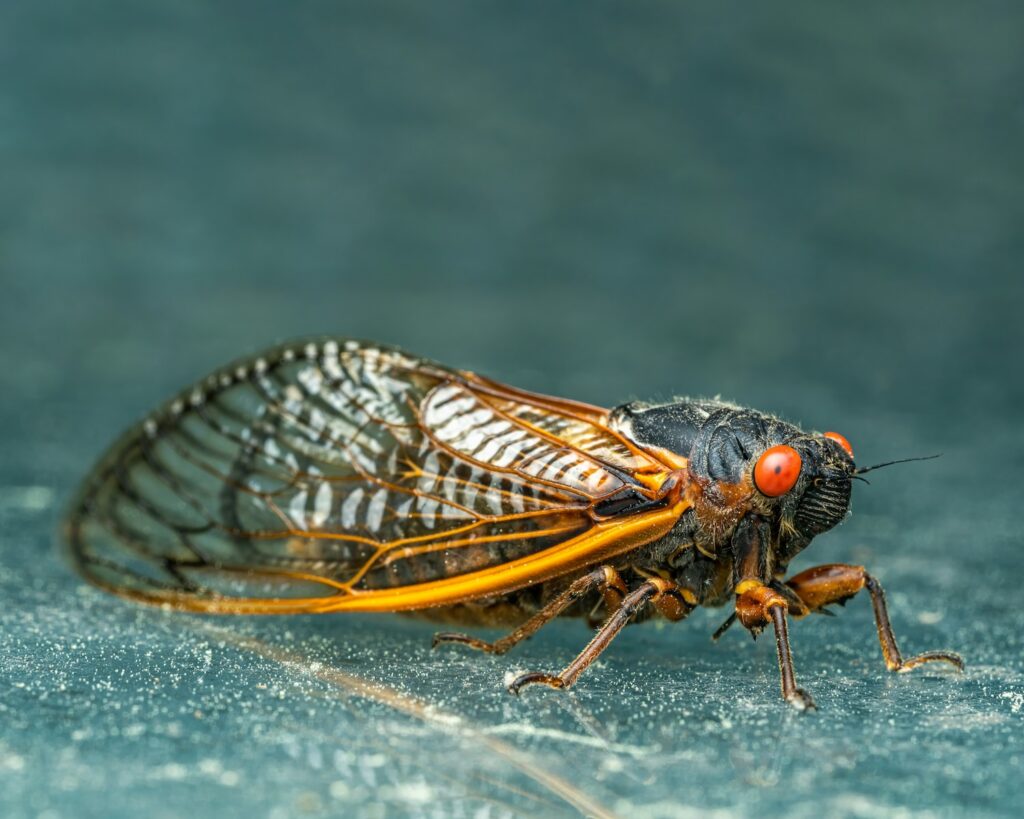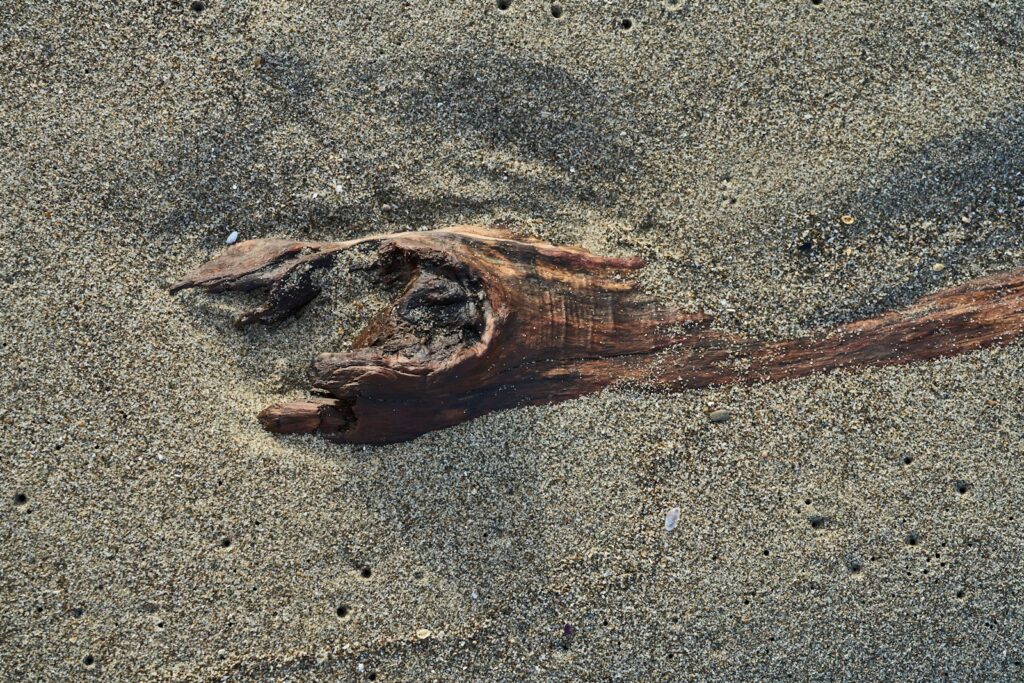Picture this: a massive Tyrannosaurus rex, the apex predator of its time, being tormented by creatures no bigger than your thumb. While we often imagine dinosaurs battling each other in epic clashes, the reality was far more unsettling. These ancient giants faced a completely different kind of enemy—one that was small, persistent, and armed with biological weapons that would make modern mosquitoes look like amateurs.
Recent fossil discoveries have revealed that during the age of dinosaurs, gigantic fleas roamed the Earth, some measuring up to 2 inches long. These weren’t your typical household pests. They were prehistoric vampires equipped with needle-like mouthparts that could pierce through the toughest dinosaur hide. The implications of these findings are staggering and paint a picture of prehistoric life that’s both fascinating and terrifying.
The Discovery That Changed Everything
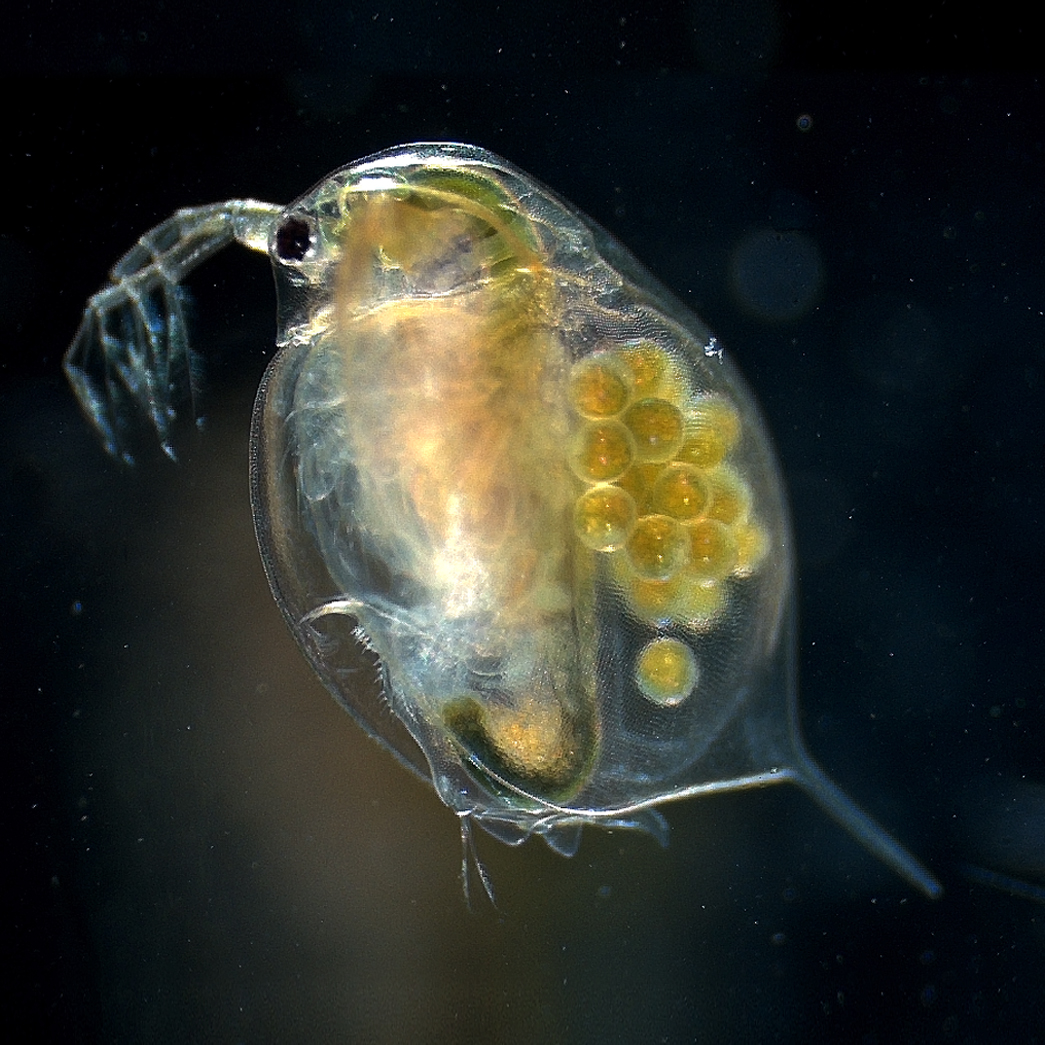
In 2012, Chinese paleontologists made a discovery that would revolutionize our understanding of prehistoric parasites. Deep within fossil beds in northeastern China, they unearthed specimens that defied all expectations. These weren’t ordinary insect fossils—they were the preserved remains of fleas that lived 165 million years ago, during the height of the dinosaur era.
What made these findings so extraordinary wasn’t just their age, but their size and sophisticated feeding apparatus. The largest specimens measured nearly 2 inches in length, making them roughly ten times larger than modern fleas. Their mouthparts were equally impressive, featuring elongated proboscis structures that resembled hypodermic needles more than anything found in nature today.
The preservation quality of these fossils was remarkable, allowing scientists to study the intricate details of their feeding mechanisms. Every ridge, groove, and serration on their piercing apparatus was visible, providing unprecedented insights into how these prehistoric parasites operated.
Biological Syringes of the Mesozoic
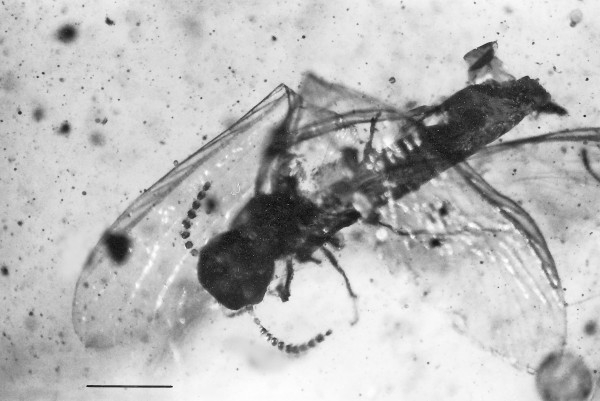
The mouthparts of these ancient fleas were engineering marvels that would make modern medical equipment designers envious. Unlike today’s fleas, which have relatively simple piercing structures, these prehistoric giants possessed complex multi-part feeding systems. Their proboscis consisted of multiple interlocking components that worked together like a sophisticated syringe.
The outer sheath protected the delicate inner mechanisms while providing structural support during penetration. Inside, specialized tubes allowed for both blood extraction and the injection of anticoagulants. This dual-purpose design ensured that their hosts couldn’t easily clot their wounds, allowing for extended feeding sessions.
Most remarkably, these biological syringes featured serrated edges that helped them slice through tough dinosaur skin. The serrations weren’t random—they followed specific patterns that maximized cutting efficiency while minimizing the energy required for penetration. This level of biological engineering suggests that these parasites had evolved alongside their giant hosts for millions of years.
Size Matters in the Prehistoric World
The gigantic size of these ancient fleas wasn’t just a curiosity—it was a necessity. During the Mesozoic era, everything was supersized, from the dinosaurs themselves to the plants they ate. In this world of giants, even the parasites had to scale up to survive. A normal-sized flea would have been like a pinprick to a massive sauropod, barely registering as an annoyance.
These prehistoric fleas needed substantial body mass to generate the force required to penetrate dinosaur hide. Fossil evidence suggests that some dinosaur species had skin thickness comparable to modern elephants or rhinoceros. Breaking through such natural armor required not just sharp tools, but the physical strength to drive them deep enough to reach blood vessels.
The larger size also provided these fleas with greater energy reserves. Unlike modern fleas that can survive on small mammals, these ancient parasites needed to sustain themselves during potentially long searches for suitable hosts. Their bulky bodies served as living storage tanks, allowing them to survive extended periods between meals.
The Perfect Prehistoric Predator
Evolution had crafted these ancient fleas into the ultimate parasitic machines. Their bodies were streamlined for one purpose: locating, penetrating, and feeding on dinosaur blood. Every aspect of their anatomy reflected this singular focus, from their powerful hind legs designed for leaping onto massive hosts to their reinforced exoskeletons that could withstand the crushing forces of a dinosaur’s attempt to remove them.
Their sensory systems were equally impressive. Fossil evidence suggests they possessed highly developed chemical receptors that could detect carbon dioxide and other metabolic byproducts from considerable distances. This gave them the ability to track down dinosaurs across vast prehistoric landscapes, much like modern bloodhounds following a scent trail.
Perhaps most ingeniously, these fleas had evolved specialized gripping structures that allowed them to maintain their hold on dinosaur skin even during violent shaking or rolling. Their claws were proportionally massive compared to modern fleas, with intricate barbs and hooks that could anchor into the toughest hide.
Living Nightmares of the Dinosaur Age
Imagine being a peaceful herbivorous dinosaur, peacefully grazing in a Jurassic forest, when suddenly you’re attacked by dozens of these giant blood-suckers. The scenario sounds like something from a horror movie, but for many dinosaurs, this was daily reality. These prehistoric fleas didn’t hunt alone—fossil evidence suggests they often swarmed their hosts in coordinated attacks.
The feeding behavior of these ancient parasites was particularly gruesome. Unlike modern fleas that take quick meals and move on, these giants would often remain attached to their hosts for extended periods. Their feeding sessions could last for hours, during which they would consume enormous quantities of blood relative to their size.
The psychological impact on dinosaurs must have been immense. These weren’t just physical attacks—they were prolonged torture sessions that could drive even the mightiest predators to distraction. Evidence suggests that some dinosaurs developed specific behaviors and grooming patterns in response to these parasitic threats.
The Evolutionary Arms Race
The relationship between these giant fleas and their dinosaur hosts represented one of nature’s most intense evolutionary arms races. As dinosaurs developed thicker skin and better defensive mechanisms, the fleas responded with more sophisticated piercing equipment and feeding strategies. This biological warfare continued for millions of years, with each side constantly adapting to counter the other’s innovations.
Some dinosaur species evolved specialized scales and armor plates that made flea attachment more difficult. Others developed enhanced flexibility that allowed them to reach previously inaccessible areas of their bodies for grooming. The fossil record shows evidence of dinosaurs with unusual wear patterns on their claws, suggesting they spent considerable time and energy trying to remove these persistent parasites.
The fleas, in turn, evolved increasingly complex attachment mechanisms and began targeting areas of dinosaur anatomy that were difficult to reach. They developed preferences for spots near joints, under the neck, and around the tail base—areas where even the most flexible dinosaurs couldn’t easily dislodge them.
Fossil Evidence Tells the Story
The fossil record provides compelling evidence of the ongoing struggle between these prehistoric parasites and their hosts. Dinosaur fossils often show distinctive scarring patterns that match the feeding apparatus of giant fleas. These marks tell a story of repeated attacks and the dinosaurs’ attempts to defend themselves.
Some of the most revealing fossils come from dinosaur nesting sites, where multiple generations of fleas apparently took up residence. These prehistoric maternity wards became feeding grounds for entire flea populations, with young dinosaurs particularly vulnerable to attack. The concentration of flea fossils in these areas suggests that some species had evolved to specifically target nesting colonies.
Coprolites—fossilized dinosaur dung—also provide evidence of the flea problem. Chemical analysis reveals that many dinosaurs had elevated stress hormone levels, likely due to constant harassment by these blood-sucking parasites. Some specimens even contain partially digested flea remains, suggesting that dinosaurs occasionally managed to catch and eat their tormentors.
The Vampire Ecosystem
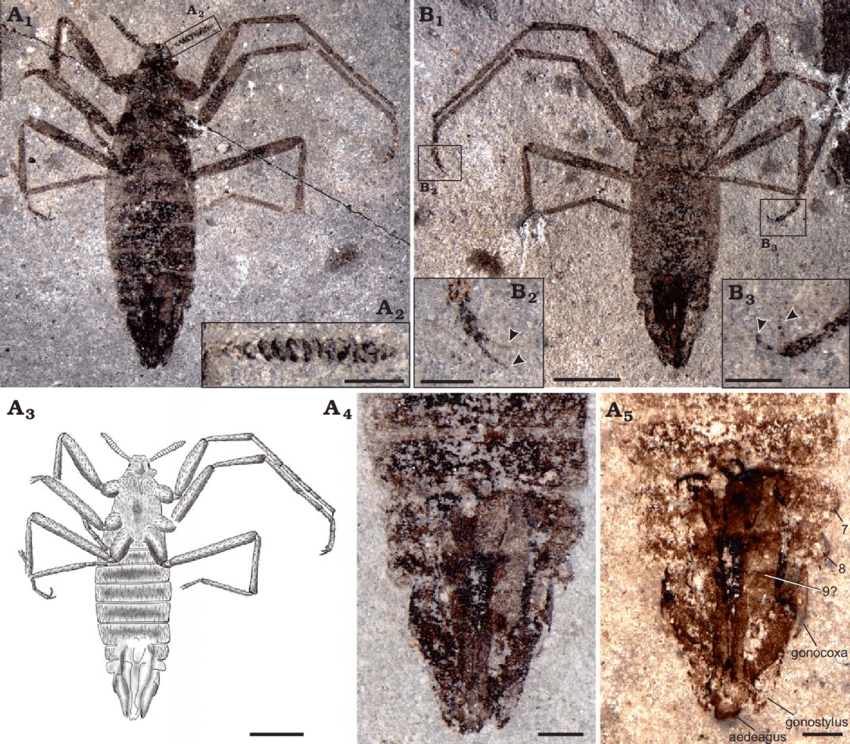
These giant fleas weren’t just individual parasites—they were part of a complex ecosystem of blood-feeding organisms that plagued prehistoric life. Alongside them lived oversized mosquitoes, ticks, and other parasitic insects that had all adapted to life on dinosaur blood. This created a nightmarish environment where even the most powerful predators were constantly under attack from tiny vampires.
The sheer biomass of these parasitic populations was staggering. Some estimates suggest that in certain environments, the combined weight of blood-feeding insects could rival that of the dinosaurs themselves. This represents an enormous transfer of energy from the dinosaur food web to the parasitic ecosystem, potentially influencing the evolution and behavior of both groups.
The diversity of these parasitic communities was equally impressive. Different species specialized in different host types, feeding strategies, and environmental conditions. Some were ambush predators that waited in vegetation for passing dinosaurs, while others were active hunters that could track their prey across vast distances.
Modern Comparisons and Implications
While these prehistoric fleas were extinct long before humans evolved, their modern descendants still carry traces of their ancient heritage. Today’s largest fleas, found on animals like seals and large birds, are direct evolutionary descendants of these Mesozoic giants. Studying their genetics has revealed fascinating insights into how parasites adapt to changing host populations.
The extinction of dinosaurs marked the end of an era for these giant fleas as well. Without their massive hosts, they were forced to adapt to smaller mammals or face extinction themselves. This evolutionary bottleneck resulted in the dramatically smaller fleas we see today, but the basic body plan and feeding mechanisms remain remarkably similar.
Modern research into these ancient parasites has practical applications for understanding disease transmission and developing new medical technologies. The sophisticated feeding mechanisms of prehistoric fleas have inspired innovations in needle design and drug delivery systems, proving that even the most seemingly repulsive creatures can contribute to human advancement.
The Great Dying and Parasitic Collapse
The mass extinction event that ended the dinosaur era also spelled doom for most of these giant fleas. As their hosts disappeared, these specialized parasites faced a choice: adapt or die. Most chose the latter, unable to successfully transition to the smaller mammals that were inheriting the Earth. This parasitic collapse represented one of the most dramatic ecosystem simplifications in Earth’s history.
The few flea lineages that survived did so by rapidly downsizing and adapting to new, smaller hosts. This evolutionary pressure selected for smaller, more efficient parasites that could thrive on the limited blood supplies offered by early mammals. The transformation was so complete that by the time humans evolved, these giant blood-suckers were nothing more than fossils waiting to be discovered.
The extinction of these prehistoric fleas also freed up enormous amounts of ecological energy that had previously been locked in the parasitic ecosystem. This energy could now flow to other organisms, potentially accelerating the diversification of early mammals and contributing to the rapid evolution of the modern world.
Paleontological Detective Work
Uncovering the secrets of these ancient parasites requires detective work that would make Sherlock Holmes proud. Paleontologists must piece together fragments of evidence from multiple sources to reconstruct the lives of creatures that died millions of years ago. Every fossil tells part of the story, but the complete picture emerges only when multiple discoveries are combined.
The preservation conditions required for flea fossils are extremely specific. These delicate creatures needed to be rapidly buried in fine sediments that could capture even the smallest details of their anatomy. The Chinese fossil sites that yielded these specimens represent perfect preservation conditions that occurred only rarely in Earth’s history.
Advanced imaging techniques have revolutionized our ability to study these fossils. CT scans and electron microscopy can reveal internal structures and feeding mechanisms that would have been impossible to observe just decades ago. These technologies continue to yield new insights about how these prehistoric parasites lived and fed.
The Behavioral Impact on Dinosaurs
The constant harassment by giant fleas likely influenced dinosaur behavior in ways we’re only beginning to understand. Some species may have developed specific migration patterns to avoid areas with high flea populations. Others might have evolved social behaviors that helped them remove parasites from hard-to-reach areas of their bodies.
Evidence suggests that some dinosaurs developed relationships with other species that helped them deal with parasite problems. Just as modern animals engage in cleaning symbioses, certain dinosaur species may have allowed smaller creatures to feed on their flea populations. This would have created complex ecological relationships that extended far beyond simple predator-prey dynamics.
The stress of constant parasitic attack may have also influenced dinosaur reproduction and survival rates. Heavily parasitized individuals would have had reduced energy for finding food, defending territories, and raising young. This created an additional selective pressure that shaped the evolution of dinosaur defensive strategies and immune systems.
Extinction and Legacy
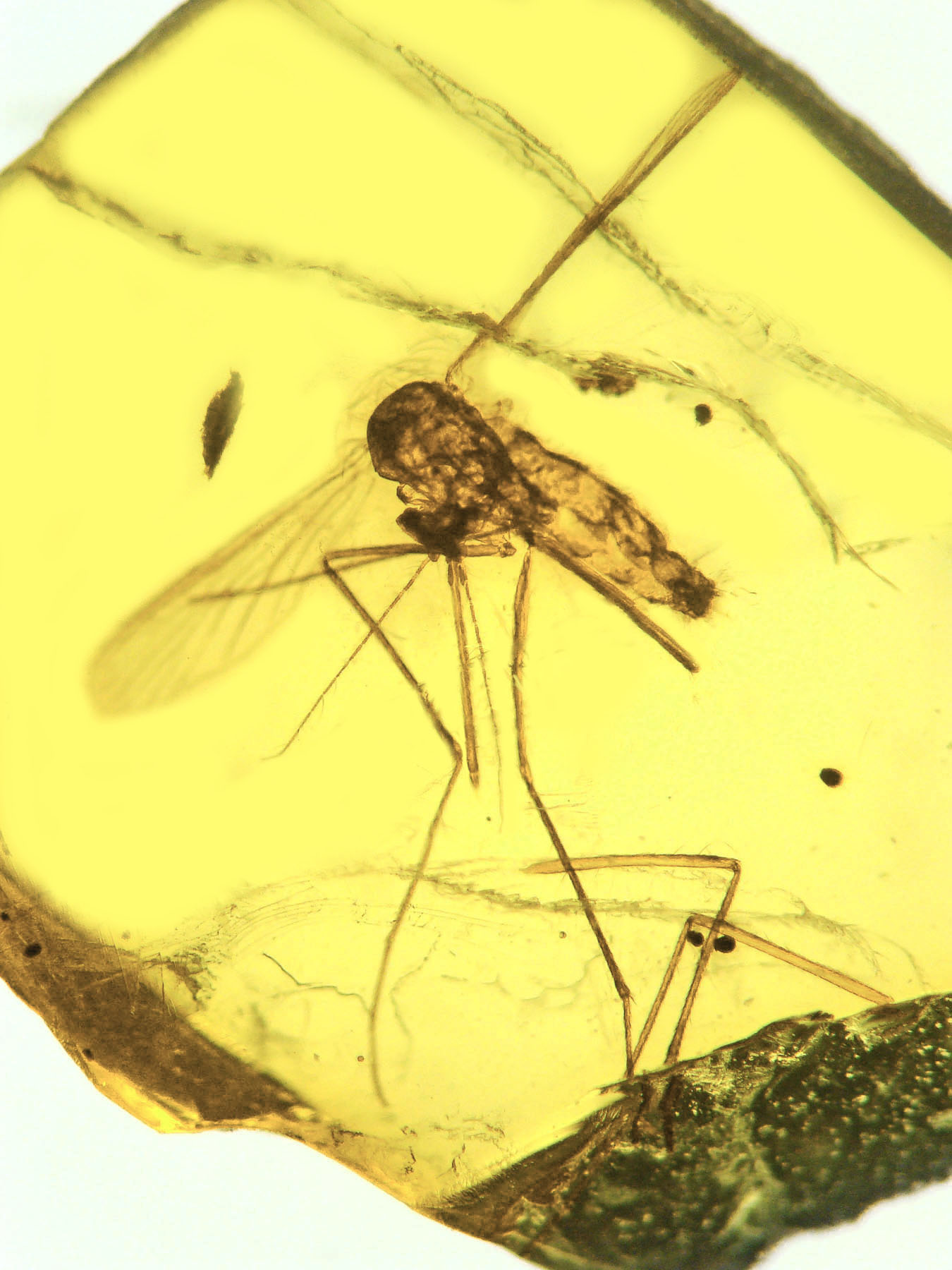
The story of these giant fleas serves as a powerful reminder of how interconnected prehistoric ecosystems were. When the dinosaurs vanished, they took with them an entire world of specialized parasites that had evolved over millions of years. This cascade of extinctions reshaped the biological landscape and set the stage for the modern world.
Today’s fleas, while smaller and less intimidating than their prehistoric ancestors, still carry the genetic memory of their giant heritage. Their feeding mechanisms, life cycles, and host-finding abilities all trace back to innovations that first appeared in these Mesozoic monsters. Understanding this evolutionary history helps us predict how modern parasites might respond to changing environmental conditions.
The discovery of these ancient parasites also highlights the importance of preserving fossil sites and continuing paleontological research. Every new find has the potential to revolutionize our understanding of prehistoric life and reveal connections between ancient and modern ecosystems that were previously hidden.
What This Means for Our Understanding of Prehistoric Life
The existence of these giant fleas fundamentally changes how we picture life during the age of dinosaurs. Instead of the relatively peaceful scenes often depicted in popular media, we now know that even the mightiest dinosaurs lived in constant fear of tiny tormentors. This revelation adds a new dimension to our understanding of prehistoric stress, behavior, and survival strategies.
These discoveries also demonstrate the incredible diversity of life that existed during the Mesozoic era. For every spectacular dinosaur species that captures public attention, there were countless smaller organisms that played equally important roles in prehistoric ecosystems. The giant fleas represent just one example of this hidden diversity waiting to be discovered.
The sophisticated feeding mechanisms of these ancient parasites also reveal the incredible power of evolutionary adaptation. In the space of millions of years, these creatures developed biological technologies that rival anything humans have created. Their story serves as a testament to the creativity and ingenuity of natural selection when faced with challenging environmental conditions.
The next time you swat away a mosquito or notice a flea on your pet, remember that you’re witnessing the end result of an evolutionary arms race that began when giant reptiles ruled the Earth. These tiny modern parasites carry within them the genetic legacy of creatures that once tormented the most powerful animals ever to walk the planet. The prehistoric world was far stranger and more complex than we ever imagined, and discoveries like these giant fleas continue to reshape our understanding of life’s incredible diversity. Who knows what other prehistoric nightmares are waiting to be discovered in the fossil record?

